The Role of Facility Management in Building Resilience
Facility management is a critical component of building resilience within an organization. Effective facility management is essential for ensuring that buildings, infrastructure, and equipment are prepared for a wide range of challenges, from natural disasters to cybersecurity threats. In this blog post, we will explore the role of facility management in building resilience and provide examples of how this approach is being implemented.
- Risk Assessment and Planning
The first step in building resilience through facility management is to conduct a comprehensive risk assessment of the organization’s facilities and infrastructure. This includes identifying potential hazards such as natural disasters, cyber threats, and physical security risks. Facility managers can then develop plans to mitigate these risks, including emergency response plans, disaster recovery plans, and business continuity plans.
- Maintenance and Upkeep
Another critical aspect of facility management is maintenance and upkeep. Regular inspections, repairs, and maintenance are essential for ensuring that buildings and infrastructure are functioning correctly and are prepared for any challenges that may arise. This includes maintaining backup power systems, ensuring that fire suppression systems are in good working order, and conducting regular tests of emergency systems.
- Technology and Automation
Facility managers can also leverage technology and automation to build resilience within an organization. This includes implementing systems for monitoring building systems and infrastructure, such as HVAC and electrical systems. Smart building technology can help facility managers identify potential problems before they occur, enabling proactive maintenance and reducing the risk of downtime.
- Collaborative Partnerships
Collaborative partnerships are another critical component of building resilience through facility management. Facility managers can work with other departments within the organization, including IT, security, and operations, to develop comprehensive plans for addressing potential risks. This includes developing communication plans, coordinating emergency response efforts, and sharing resources during times of crisis.
- Sustainable Facility Management
Sustainable facility management practices can also contribute to building resilience within an organization. This includes implementing energy-efficient systems, promoting green initiatives, and developing sustainable supply chains. Sustainable facility management not only reduces environmental impact but also helps build a more resilient organization by promoting efficiency and reducing costs.
In conclusion, effective facility management plays a crucial role in building resilience within an organization. By conducting risk assessments, maintaining and upgrading building systems, leveraging technology and automation, collaborating with other departments, and promoting sustainable practices, facility managers can ensure that their organization is prepared for any challenges that may arise. Building resilience through facility management is essential for protecting employees, assets, and reputation, and can help ensure the long-term success of the organization.



